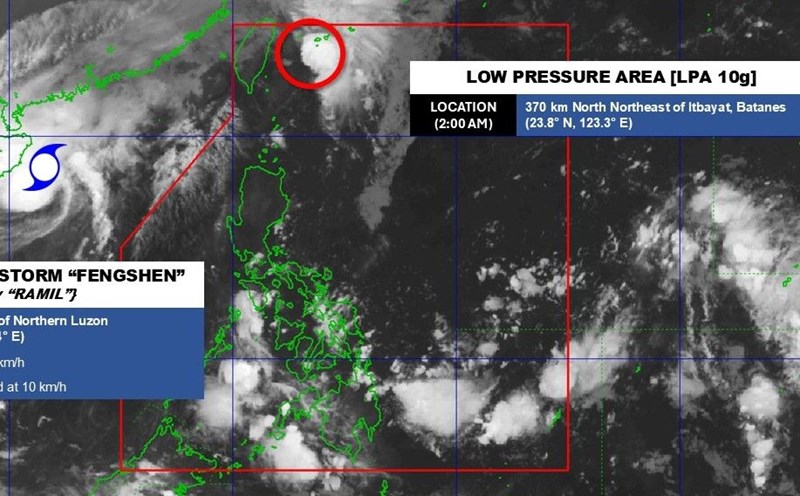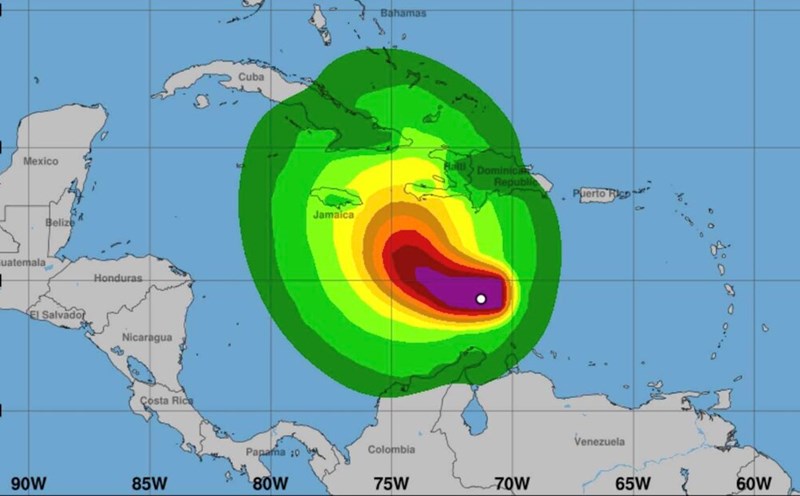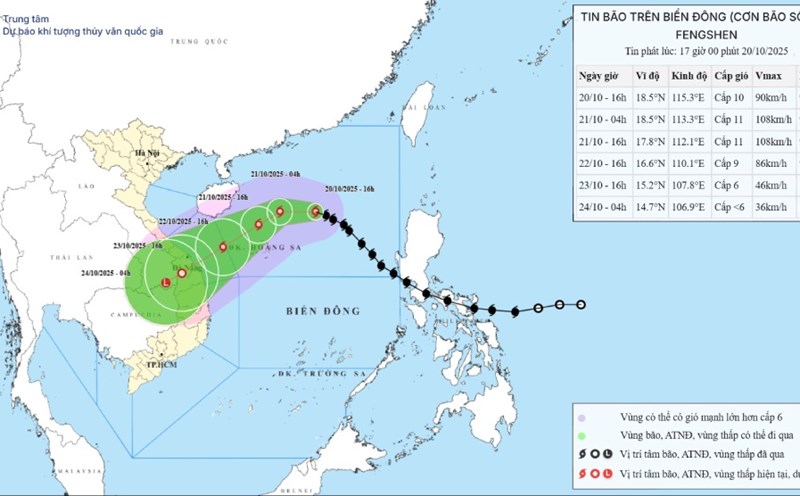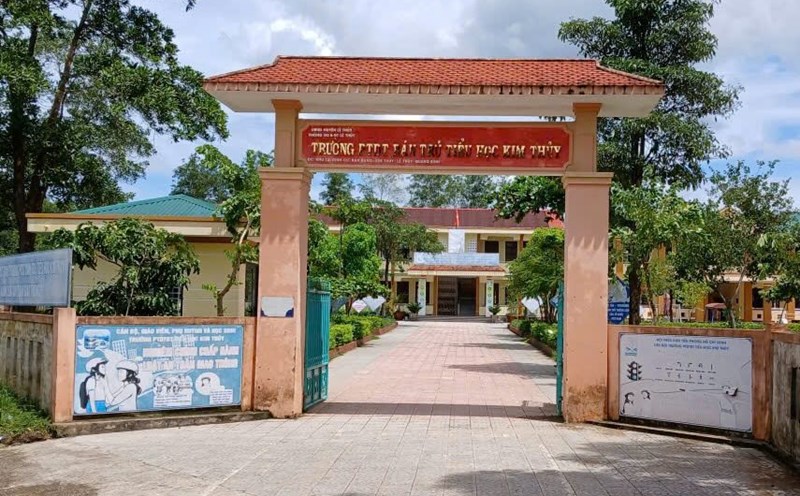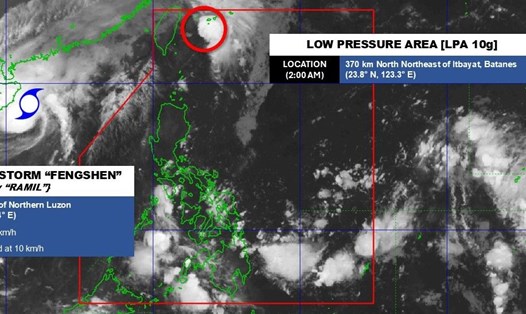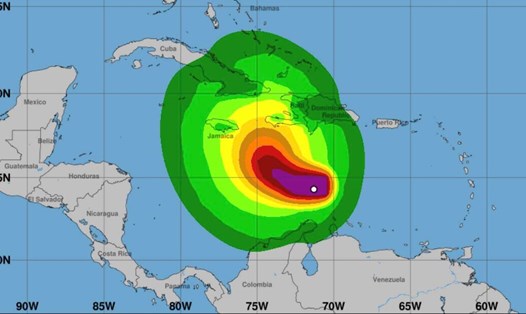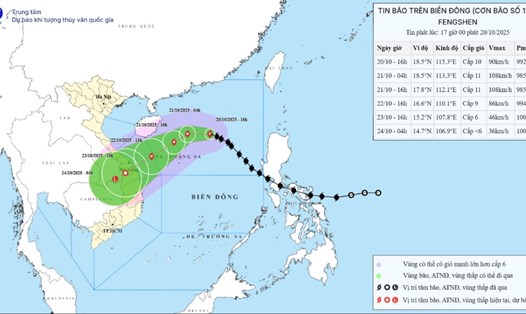On October 22, Deputy Prime Minister Tran Hong Ha - Deputy Head of the National Civil Defense Steering Committee chaired a meeting on response to storm No. 12 (storm Fengshen) and rain and floods caused by the storm, connecting online with the bridges of the People's Committee of Hue City, Da Nang City, Quang Ngai, Quang Tri, Ha Tinh provinces.
Mr. Mai Van Khiem - Director of the National Center for Meteorological Forecasting and Hydrology - said that currently, storm No. 12 is moving very slowly. It is forecasted that in the afternoon of October 22, the storm will move into the coastal area from Hue City - Quang Ngai, the intensity will continue to weaken to level 8.
On the night of October 22 and the morning of October 23, the storm weakened into a tropical depression, moving inland in the provinces of Hue City - Quang Ngai.
In the morning and afternoon of October 23, the storm moved to the Southern Laos area, weakening into a low pressure area.
Floods are forecast to cause flooding in 40 communes/wards of Quang Tri province; 30 communes/wards of Hue city; 27 communes/wards of Da Nang city; 35 communes and wards of Quang Ngai province.
Deputy Minister of Agriculture and Environment Nguyen Hoang Hiep said that there will be 2 heavy rains during and after storm No. 12. The first period from October 22 to 24 will focus on Quang Tri to Da Nang City, with heavy rain concentrated in Da Nang and Hue. The second period is from October 25 to 27, focusing on Quang Tri and Hue City.
Lieutenant General Le Quang Dao - Deputy Chief of the General Staff of the Vietnam People's Army - reported that up to now, the entire army has deployed 262,636 officers, soldiers and 6,028 vehicles in areas under Military regions 4, 5, 7, 9 and Corps 34.
In addition, other forces such as the Air Defense - Air Force, Border Guard, Coast Guard and Army Corps 18 mobilized more than 11,000 officers, soldiers and more than 1,000 vehicles to be ready to respond.
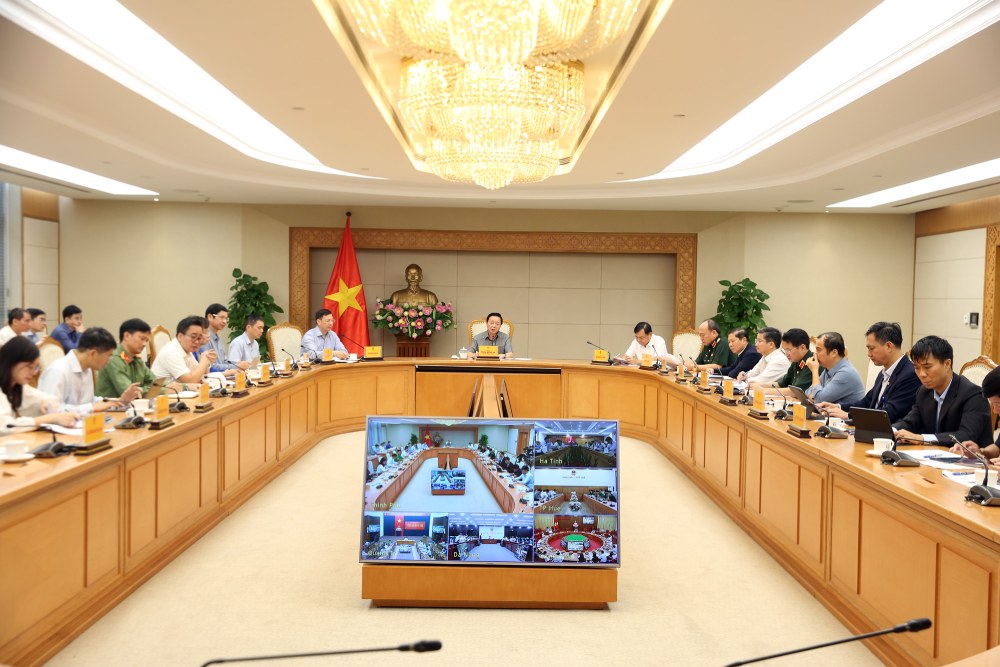
Concluding the meeting, Deputy Prime Minister Tran Hong Ha stated that currently, many localities are in a state of water-safe land, causing many difficulties in responding to storm No. 12.
Before forecasting two long-term heavy rains, the Deputy Prime Minister assessed that areas affected by storm No. 12 will face multi-disaster situations due to rising river and lake water levels, soil and water saturatation, prone to flooding, landslides and urban flooding.
Localities assess and prepare the most extreme scenarios of 2020 and 2023 to develop a comprehensive prevention and control plan with a "combat map", clearly defining the level of natural disasters, risk areas, those responsible and command plans.
The government and people have prepared carefully and effectively implemented the "four on-site" motto. Each household needs to have a "survival bag" including water, food, medicine, dry clothes... enough to eat for 3 days when isolated.
Localities must equip themselves with suitable mobile vehicles such as canoes and rubber boats to proactively rescue and save lives in all situations.
Regarding the management of reservoirs, irrigation dams, and hydropower plants, the Deputy Prime Minister assigned the Ministry of Agriculture and Environment and localities to inspect and supervise flood operation and discharge in accordance with regulations.
Small hydroelectric reservoirs that do not have the function of cutting floodwaters need to release water early to reduce the risk of downstream; large reservoirs must calculate a reasonable discharge time to limit flooding in downstream areas and residential areas.

